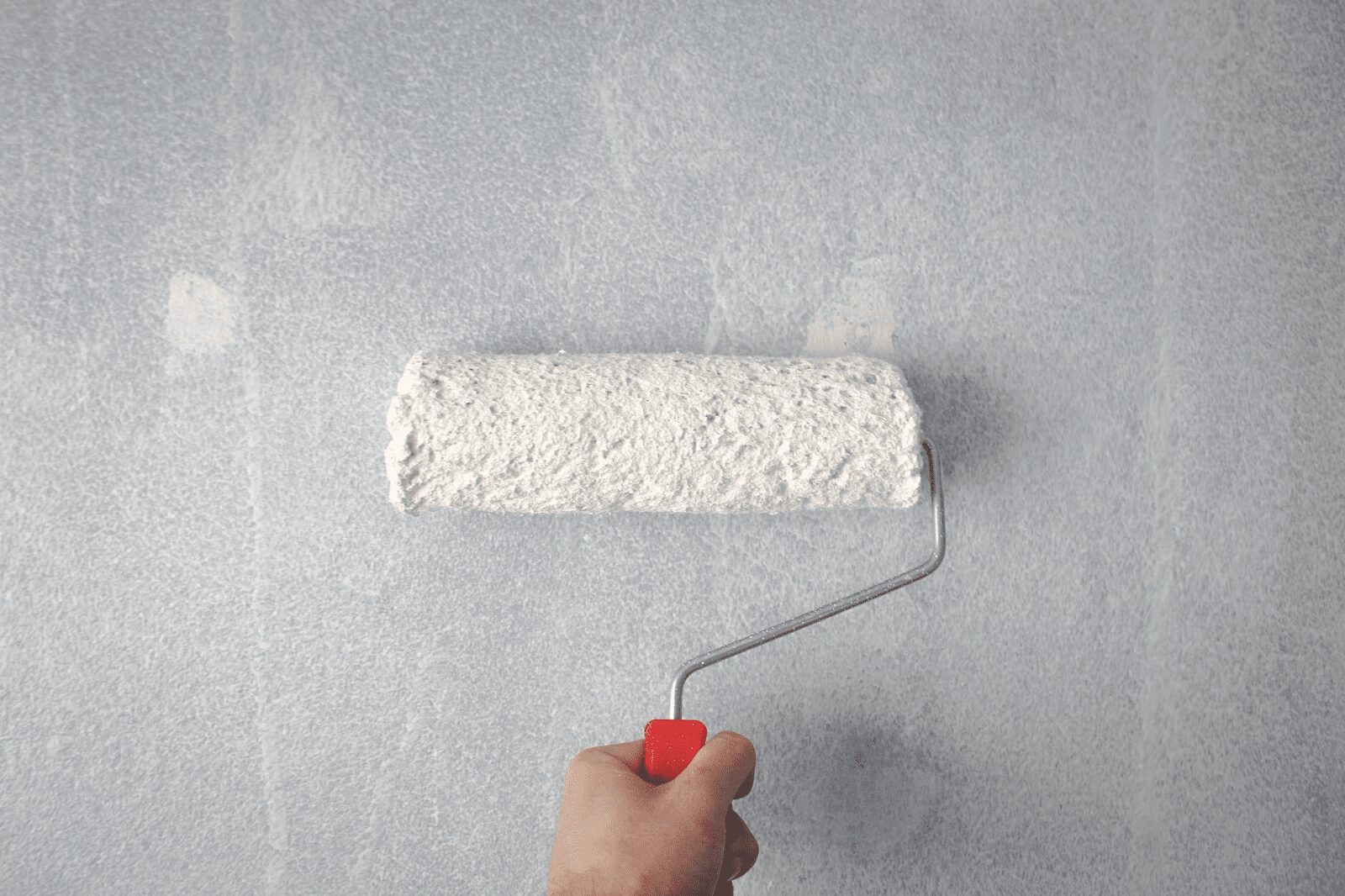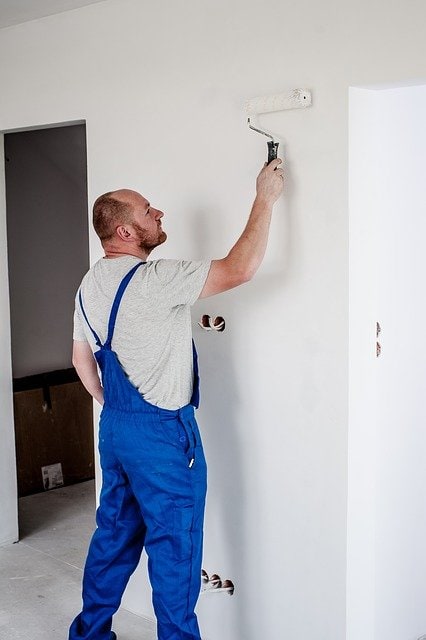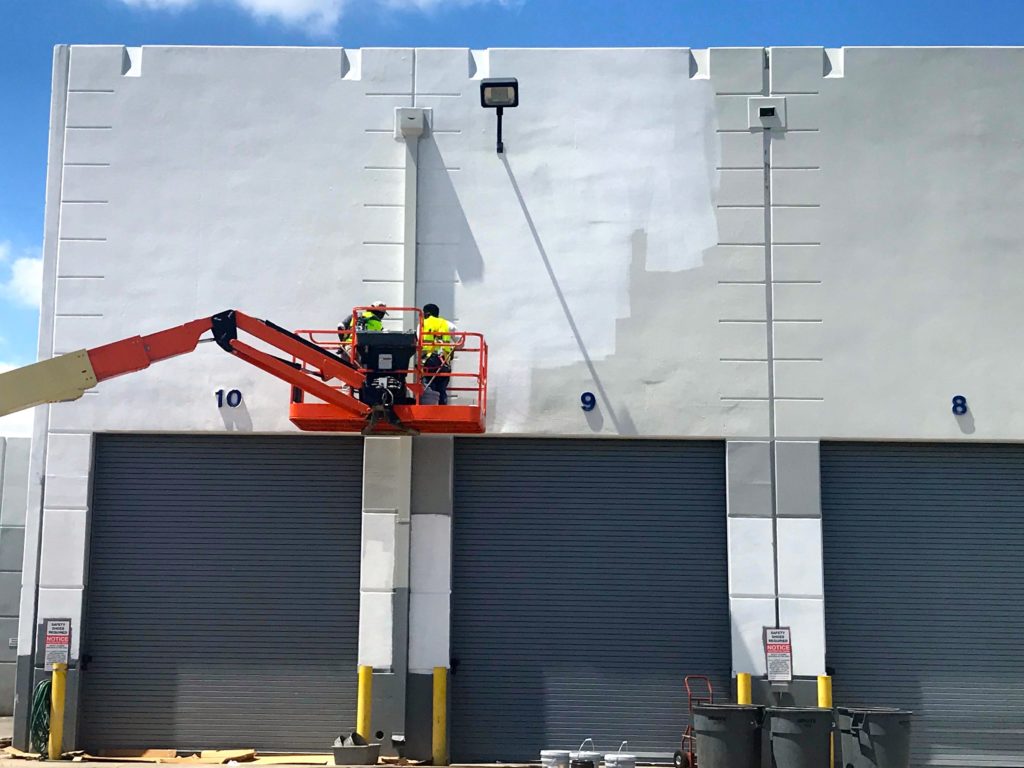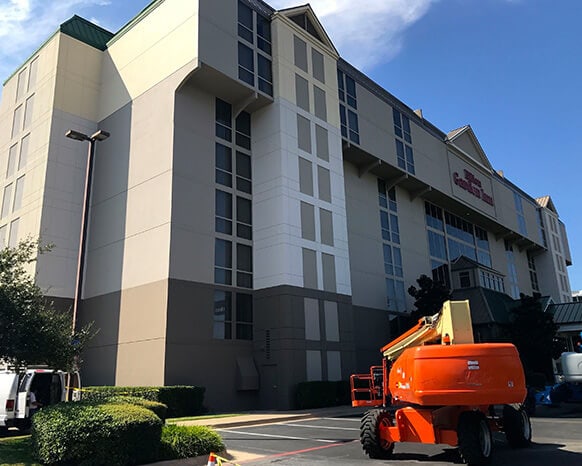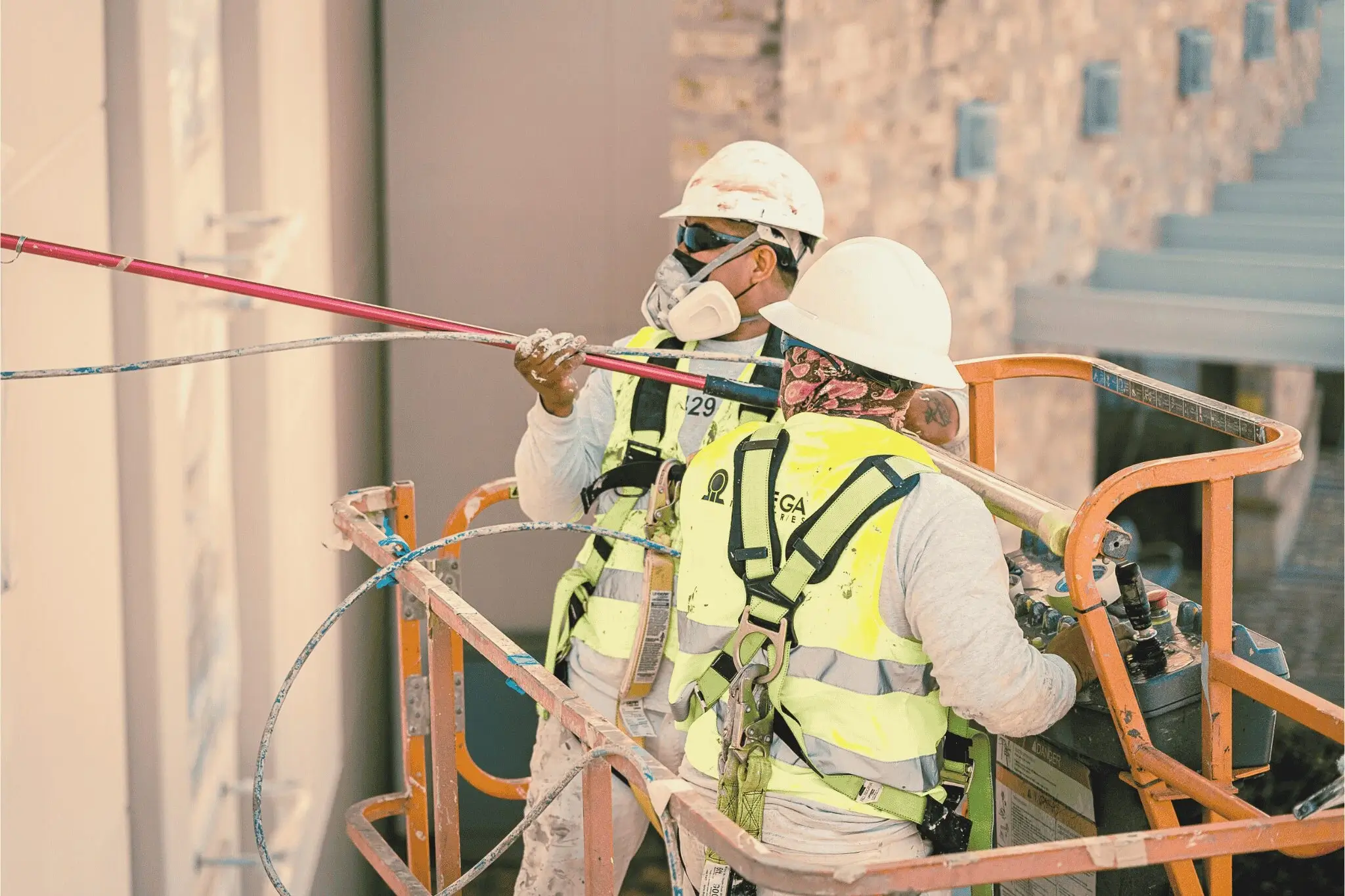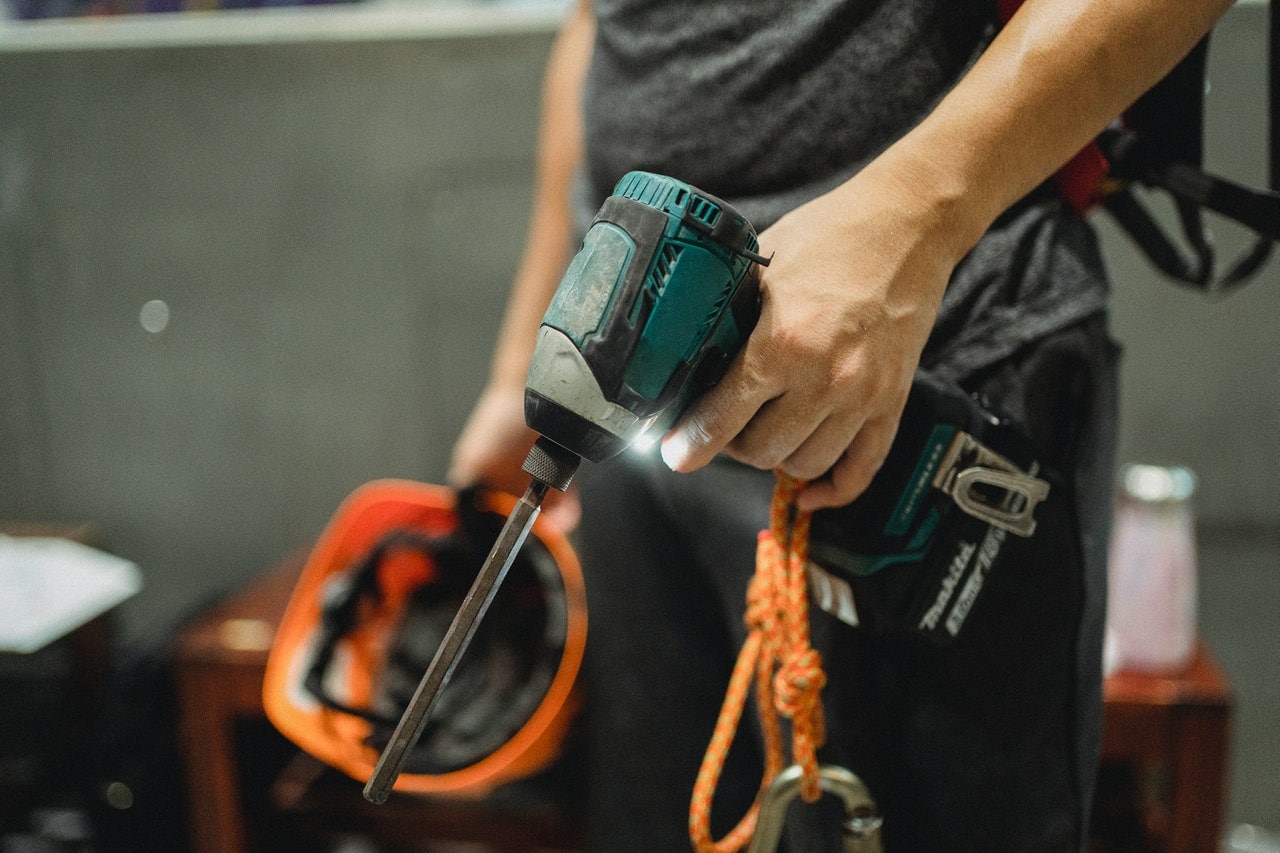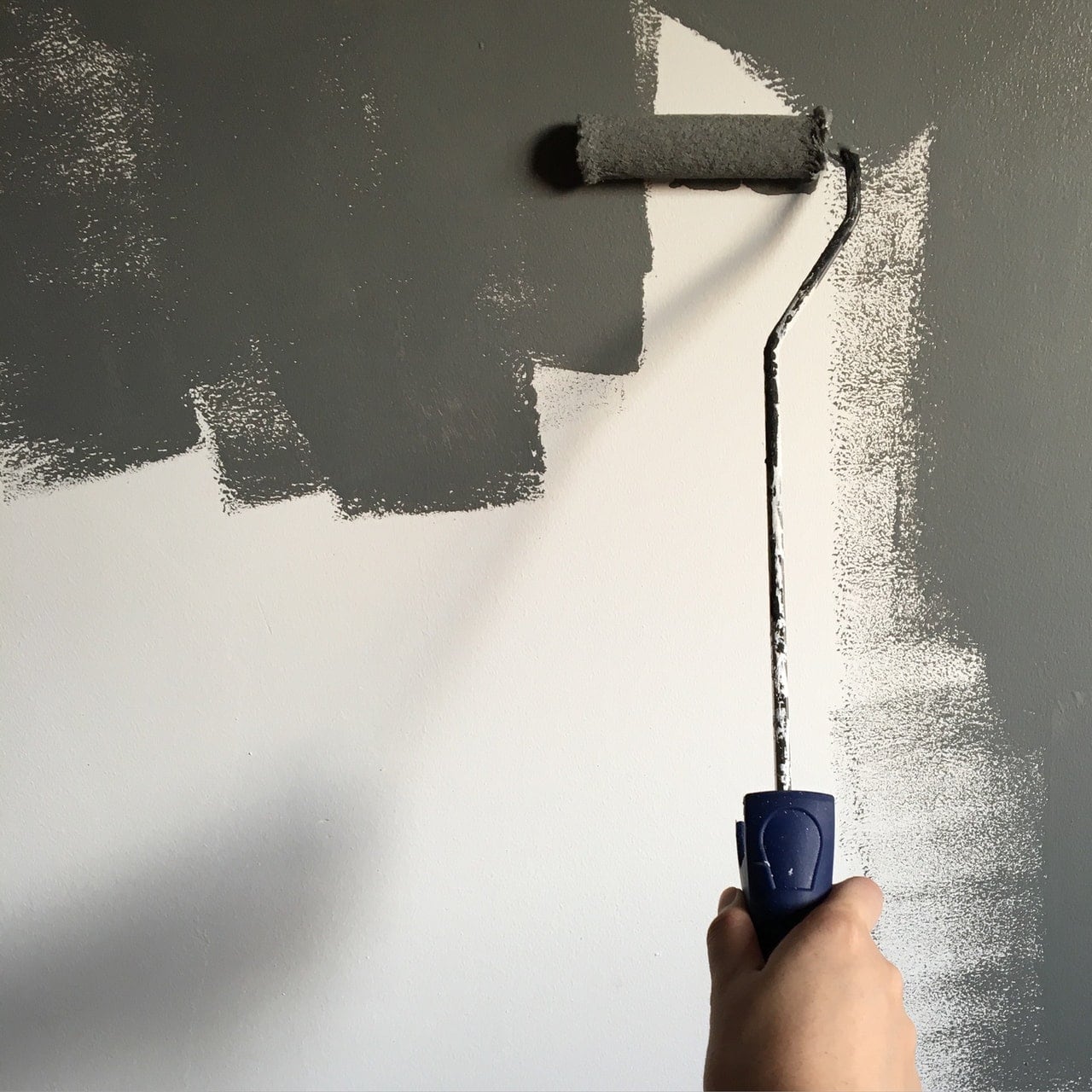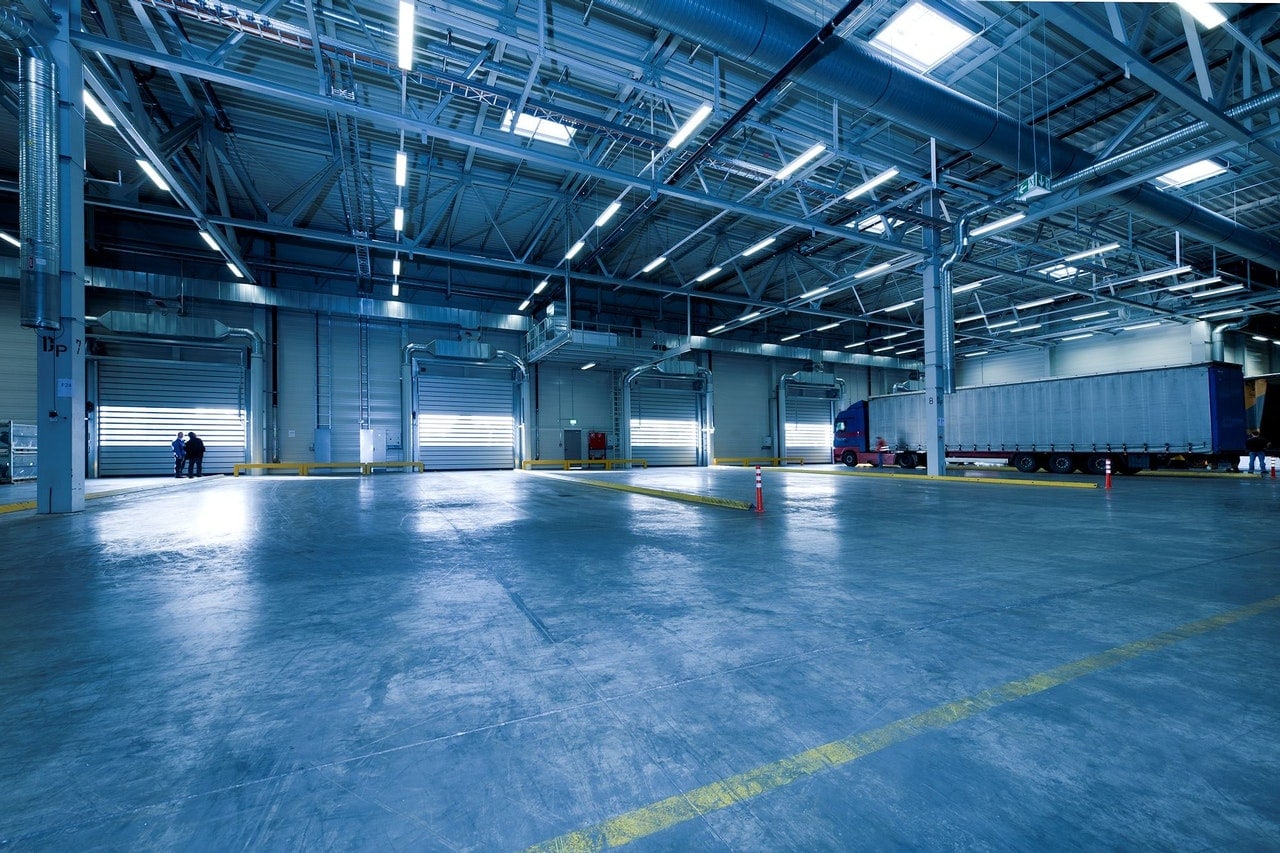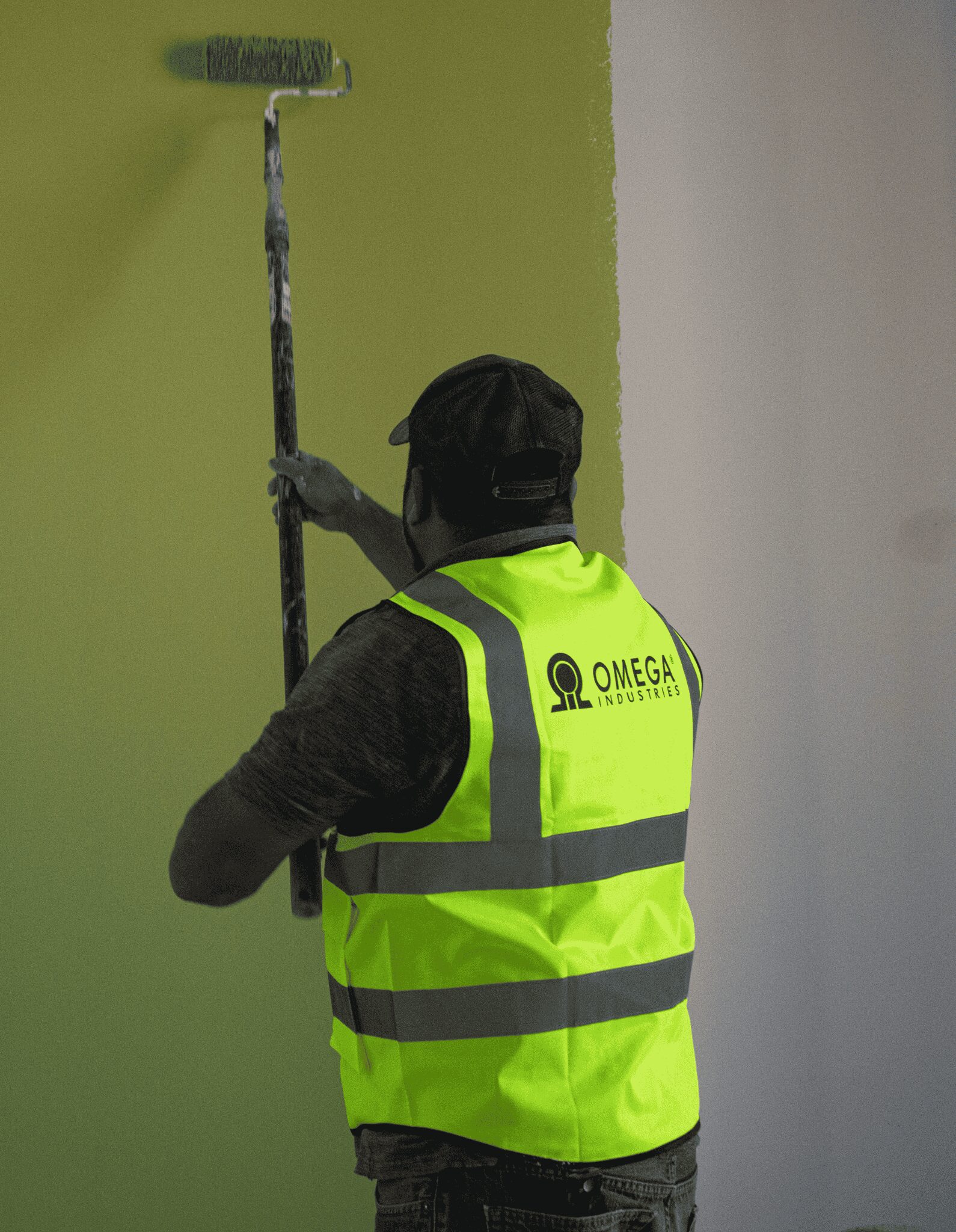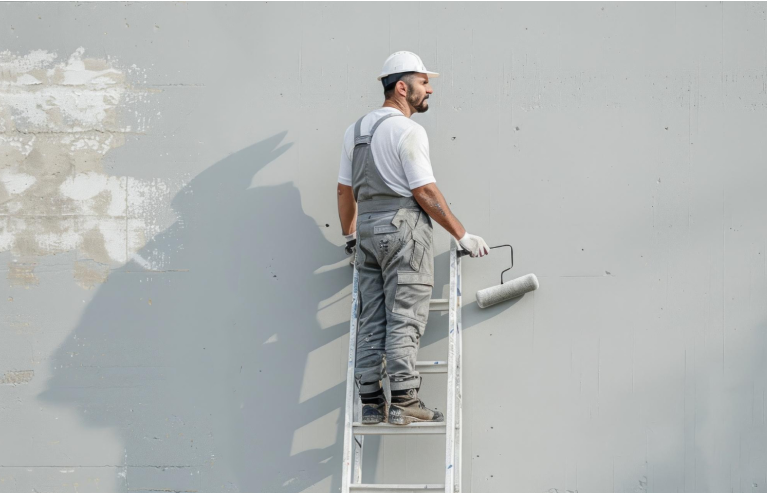The type of paint and equipment used is also significantly different. Working on a residential project, home painters are going to be more focused on working with variations of paint that match the overall look of the home and the neighborhood. Whereas often in businesses they aren’t as concerned about blending in with the places next door, but rather the durability of the paint.
There are an incredibly wide variety of paint options. In residential areas, the most common are water-based, oil-based, and latex-based. Then there is the sheen of the paint, or whether it is shiny or flat. These are all sufficient options for the most common material in a home, drywall.
On the flip side, commercial buildings are made of a whole lot more types of material, and the painters need to understand how to work with all of them. Concrete, wood, reinforced plastic, metal, and marble are all on the table. Each material is going to have a unique requirement for making sure paint adheres appropriately.
Most often, a basic semi-gloss latex-based paint is going to be used for commercial locations. Some contractors will use epoxy-based paints for more durability if the paint needs to be chemical resistant.
That brings us to the equipment needed for commercial versus residential. On a home project, since the space is significantly smaller, there is no need for heavy-duty equipment.
Generally, residential painters use the same type of tools and equipment that any homeowner can purchase themselves if they decided to do the work solo. Things like drop cloths, step ladders, paint trays, rollers, and paintbrushes. These are all things that you can pick up at the local hardware store.
Commercial contractors, on the other hand, are going to need a lot more hardcore stuff. A paintbrush and a stepladder are insufficient for painting the entire exterior of a hospital or a school. For those jobs they are going to be using sandblasters or pressure washers to clean the surface, then scaffolding and paint sprayers.

